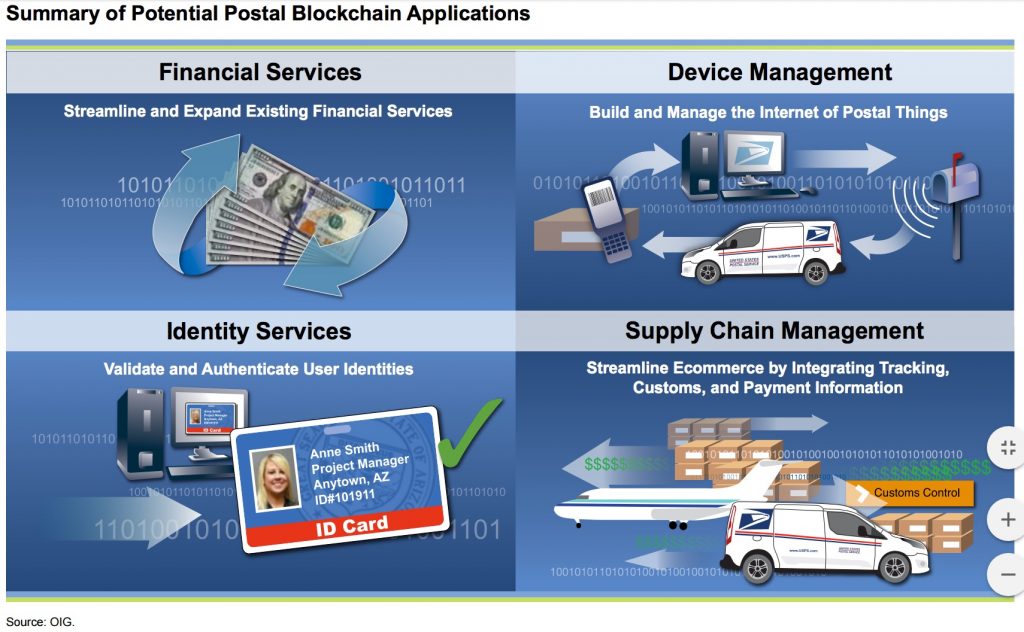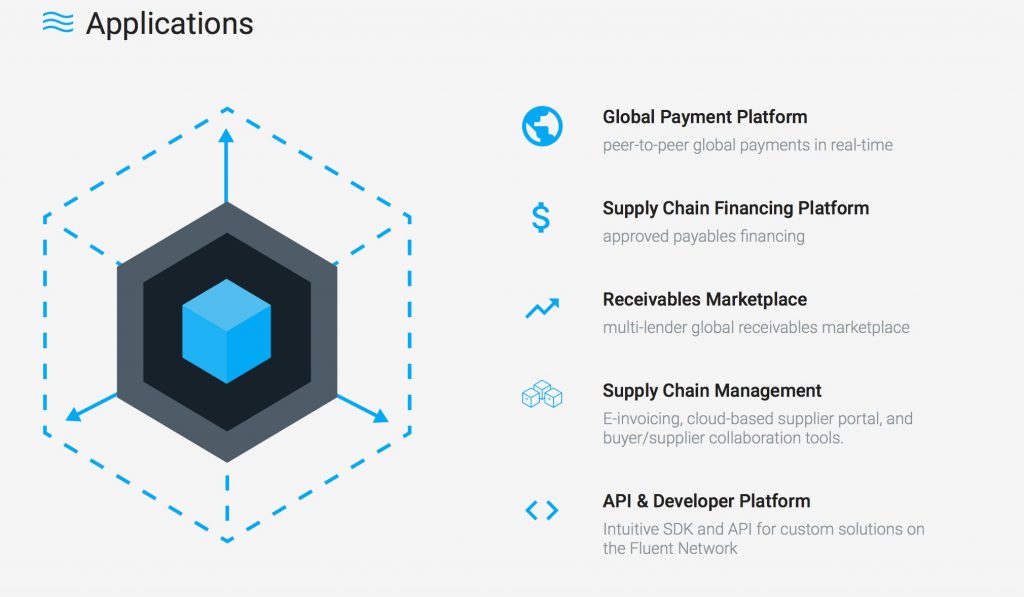It was back in January 2015, after reading an article in the Wall Street Journal about bitcoin, that my eyes were opened to the potential for blockchain technology to transform supply chain management. As I wrote at the time in Bitcoin: A New Supply Chain Operating System?:
Imagine a bitcoin being a unit of inventory and a digital wallet (“bitcoin address”) being an inventory-keeping location, such as a store, distribution center, or truck trailer. A supply chain blockchain application, therefore, could be used to record the balances and transfers of inventory across a distributed supply chain network.
Or imagine a bitcoin being a pallet, tote, keg, barrel, trailer, railcar, ocean container, or other conveyance or asset. An asset owner could use a blockchain application to track the quantity and transfer of assets as they move between supply chain nodes.
Of course, bitcoin as it exists today also has the potential to transform freight audit and payment and other supply chain finance processes, especially for small suppliers and transportation providers.
Further developments throughout 2015 — including the launch a new collaborative effort organized by The Linux Foundation to advance blockchain technology, with IBM, Intel, Cisco, Accenture, and 17 other companies participating — led me to predict that blockchain technology would make its debut in supply chain management this year.
Recent news by Toyota and the United States Postal Service (USPS) show that more and more companies are exploring the possibilities of using blockchain technology in supply chain applications.
As reported by Kim Nash in the Wall Street Journal last week, Toyota Financial Services recently joined R3, “a consortium partnership with over 50 of the world’s leading financial institutions [working] together to design and deliver advanced distributed ledger technologies to the global financial markets.” The article highlights comments by Chris Ballinger, CFO and head of strategic innovation at Toyota Financial Services, on the supply chain opportunities he sees with blockchain technology:
The online distributed ledger, which makes it easier for participants to track the ownership of an asset, could be applied to track auto parts as they move between countries and factories, he said.
Keeping more accurate records in real-time of the thousands of parts that go into building a typical car would make Toyota more efficient, he said. Such monitoring could also help during supply chain disruptions. “If you have a tsunami and part of your supply chain is knocked out, as happened a few years ago, you have better info about where parts are,” he said, referring to the earthquake and subsequent tsunami that struck Japan in 2011. Toyota temporarily shut two factories in the aftermath.
Meanwhile, USPS published a report last month titled Blockchain Technology: Possibilities for the U.S. Postal Service, with supply chain management as one of the focus areas.

Here are some excerpts from the report related to supply chain management:
The Postal Service has a number of customers, partners, contractors and other stakeholders that it coordinates with, including: other posts, customs agencies, shipping partners (UPS and FedEx), long-haul trucking drivers, mailers, and recipients. Using blockchain to manage interactions between these different entities could speed up shipments, particularly international ones.
Imagine if each mailpiece was embedded with a sensor that could keep track of its own chain of custody while executing smart contracts for payment and customs clearance. Each mailpiece, whether a parcel or letter, could be uniquely identified on a blockchain and have the ability to create transactions, allowing for the timely sharing of information and processing of payments.
This application would allow the Postal Service to keep an auditable chain of custody and embed additional shipment and tracking information to facilitate customs clearance and faster delivery. Furthermore, payment processing could be integrated directly into the shipping process — and paying in a digital currency would lower costs for online merchants and facilitate e-commerce while also allowing people without bank accounts to participate.
The report highlights several obstacles to enabling this opportunity, including the fact that tagging every piece of mail with a sensor would be prohibitively expensive today (which is why RFID never revolutionized supply chain management as predicted more than a decade ago), but defining the possibilities of blockchain technology in supply chain management is an important first step nonetheless, even if getting there won’t be quick or easy.
Finally, new startups are emerging in this space, such as UbiMS and Fluent, which last month received $1.65 million in seed financing. And I as commented recently, the potential role of blockchain technology in powering Supply Chain Operating Networks is part of the reason why investments are rising in that sector.

Simply put, the groundwork for using blockchain technology in supply chain management has already begun. What innovations will ultimately emerge from that groundwork (and how quickly) remains to be seen, but it’s clear that a growing number of companies are seeing the possibilities and are taking preliminary steps to prepare and respond accordingly.
Do you see a future for blockchain technology in your supply chain? Are you actively investigating the opportunities? Post a comment and share your perspective!










